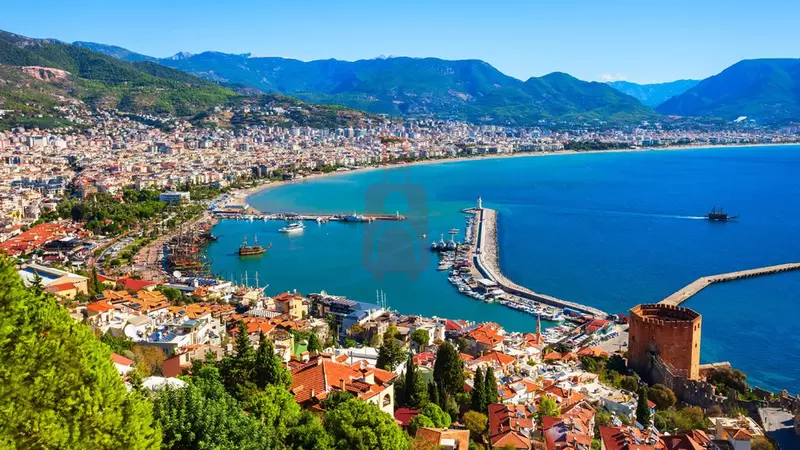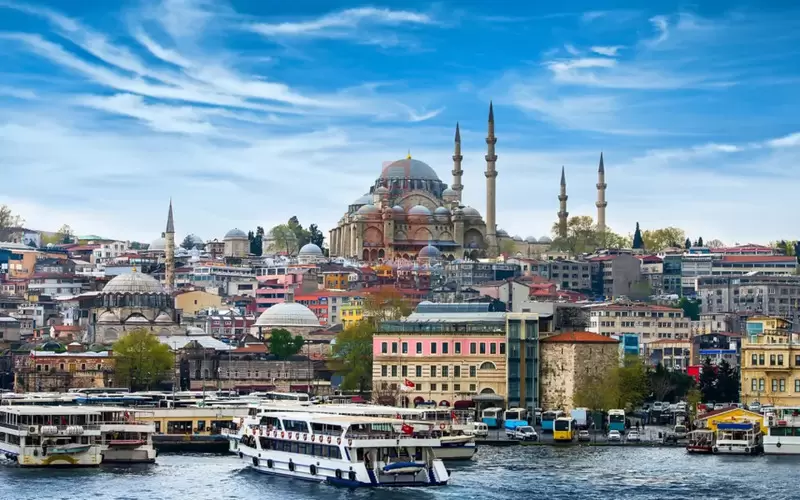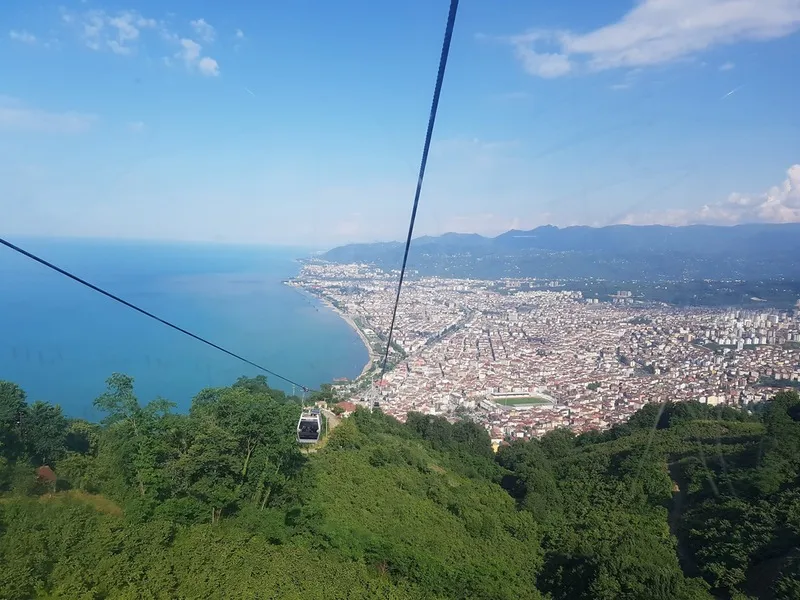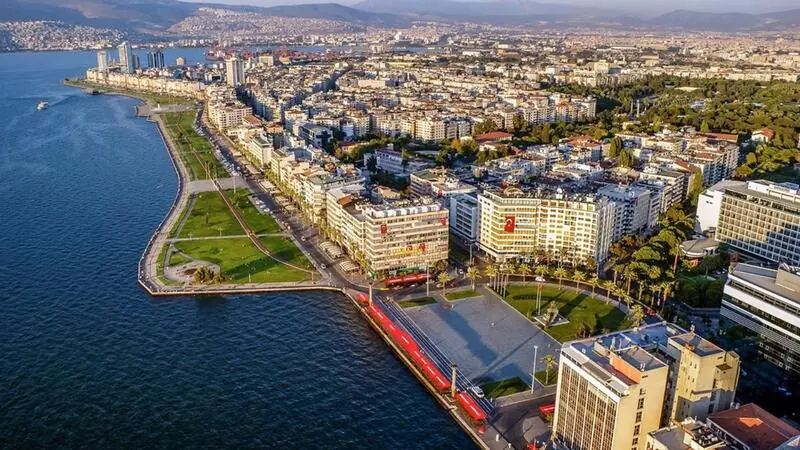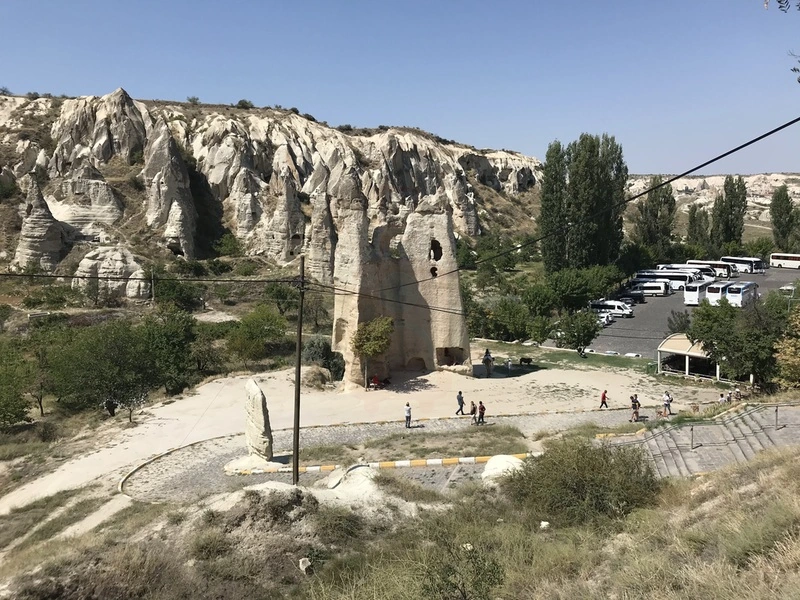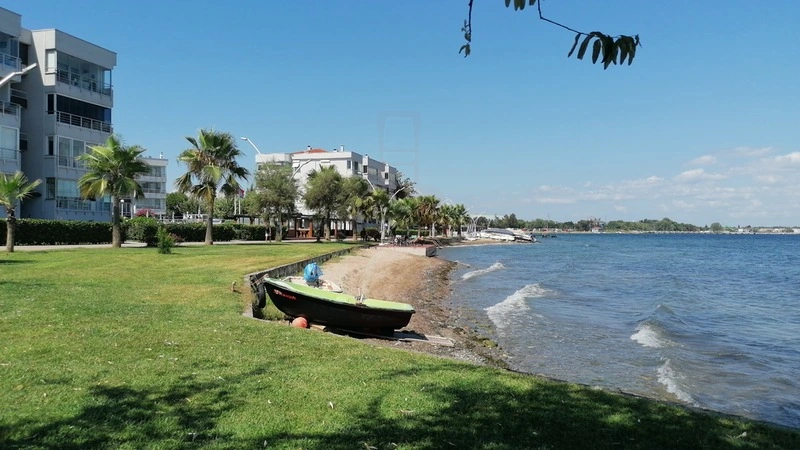Carchemish Ancient City
Welcome to Carchemish Ancient City! Situated in present-day Turkey near the Syrian border, Carchemish is an extraordinary archaeological site that holds immense historical and cultural significance. Known for its strategic location and rich history, Carchemish offers visitors a unique opportunity to explore the remnants of an ancient city. Carchemish Ancient City was a major center of civilization and a prominent city-state that flourished from the Late Bronze Age to the Iron Age. It served as a crucial hub for trade, diplomacy, and military operations across the ancient Near East. The city witnessed the rise and fall of various civilizations, including the Hittites, Assyrians, and Neo-Babylonians.
Çayönü Ancient City
Welcome to Çayönü Ancient City! Situated in present-day Turkey, Çayönü is an extraordinary archaeological site that provides valuable insights into the Neolithic period and the early stages of agricultural civilization. With its rich history and well-preserved remains, Çayönü offers a fascinating glimpse into the ancient past. Çayönü Ancient City flourished around 7200-6600 BCE during the Pre-Pottery Neolithic period. It was one of the earliest agricultural settlements in the region, and its inhabitants played a crucial role in the transition from hunter-gatherer societies to settled farming communities. Excavations at the site have revealed evidence of advanced agricultural practices and social organization.
Göbeklitepe Ancient City
Welcome to Göbeklitepe Ancient City! Located in southeastern Turkey, near the city of Şanlıurfa, Göbeklitepe is an extraordinary archaeological site that has revolutionized our understanding of early human civilization. Known as the world's oldest temple complex, Göbeklitepe invites visitors to explore its ancient ruins and marvel at its historical significance. Göbeklitepe dates back to the Neolithic period, approximately 12,000 years ago, making it older than Stonehenge and the Egyptian pyramids and making it one of the oldest known human-made structures in the world. The site was first discovered in the 1960s but gained significant attention in the 1990s when excavations began under the direction of German archaeologist Klaus Schmidt. It was built by hunter-gatherer communities who lived in the region at that time. The site consists of several monumental stone structures, known as T-shaped pillars, arranged in circular patterns. The findings at Göbeklitepe have challenged previous assumptions about the development of civilization, revealing a complex society that engaged in monumental construction and religious practices.
Harran Ancient City
Welcome to Harran Ancient City! Located in southeastern Turkey, near the city of Şanlıurfa, Harran is a historically significant and enchanting site with a rich past that stretches back thousands of years. From its well-preserved ancient ruins to its unique architectural heritage, Harran invites visitors to explore its historical treasures and immerse themselves in its cultural tapestry. Known as one of the oldest continuously inhabited cities in the world, Harran has a rich past that dates back thousands of years and is associated with various civilizations.
Dara Ancient City
Welcome to Dara Ancient City! Located in the modern-day province of Mardin in southeastern Turkey, Dara is a captivating archaeological site that offers a glimpse into the rich history and cultural heritage of the region. With its ancient ruins and historical significance, Dara invites visitors to explore its fascinating past. Dara Ancient City holds a significant place in the history of the Byzantine Empire. Founded in the 6th century CE during the reign of Emperor Justinian I, Dara was established as a strategic military outpost and played a crucial role in defending the eastern borders of the empire. The city flourished as a center of trade, religion, and administration.
Nevalı Çori Ancient City
Nevalı Çori Ancient City is an archaeological site located in southeastern Turkey, near the modern-day city of Şanlıurfa. It is a significant historical and cultural site, offering a glimpse into the lives of early humans and their settlements. This ancient settlement, dating back to the Neolithic period around 9,000 BCE, provides valuable insights into the early stages of human civilization.
Samal Ancient City
Samal, also known as Zincirli Mound, is an ancient archaeological site located in southeastern Turkey. This historic site holds great significance as it was once a thriving city in the kingdom of Sam'al, which existed during the Iron Age. The city of Samal played a crucial role as a regional power and a prominent center of trade and cultural exchange. It was strategically positioned along important trade routes, facilitating commerce between Mesopotamia, Anatolia, and the Levant. The kingdom of Sam'al reached its zenith during the 9th and 8th centuries BCE.
Sultantepe Ancient City
Sultantepe Mound, located in Şanlıurfa, Turkey, is an archaeological site of great historical significance. Situated in the fertile plains of Upper Mesopotamia, this ancient mound offers a fascinating glimpse into the rich cultural heritage of the region, spanning several millennia. The origins of Sultantepe Mound can be traced back to the Bronze Age, making it an important settlement during the Hittite period. The mound's strategic location, situated near the Euphrates River, contributed to its prominence as a center of trade and cultural exchange.
Zeugma Ancient City
Zeugma Ancient City, located in southeastern Turkey along the banks of the Euphrates River, is a captivating archaeological site that offers a glimpse into the rich history of the region. Once a thriving city of the ancient Greek and Roman civilizations, Zeugma was an important center of trade, culture, and art. The name Zeugma means bridge or crossing point in Greek, reflecting the city's strategic location as a major crossing point on the Euphrates River. This advantageous position made Zeugma a bustling commercial hub, connecting the eastern and western regions of the Roman Empire.
